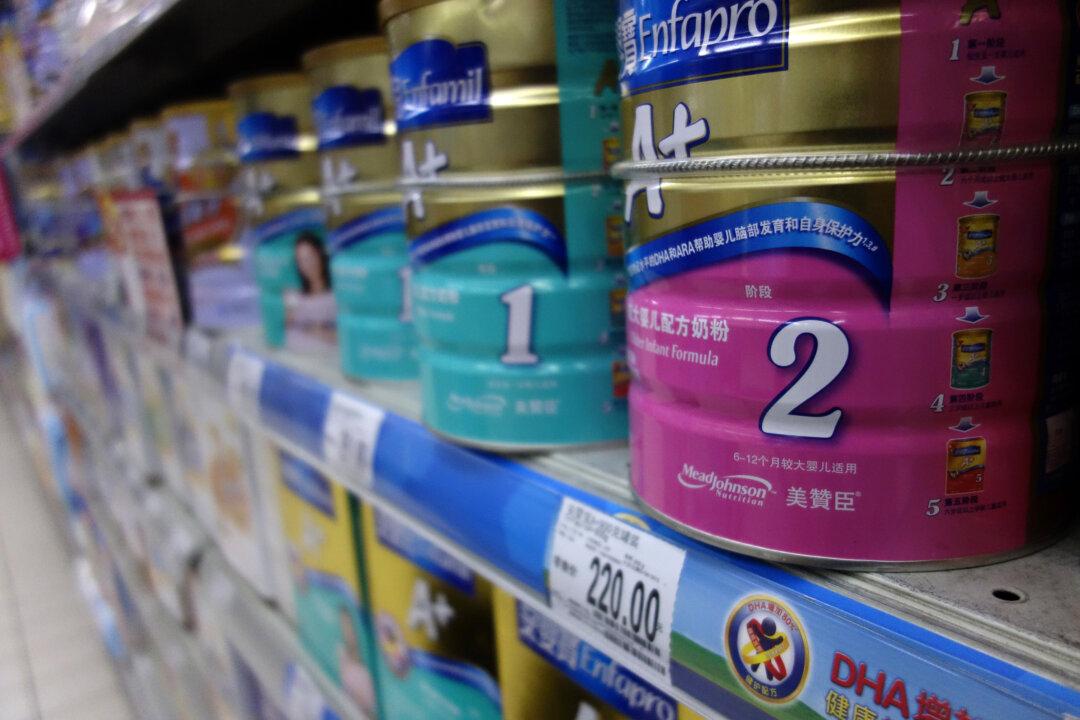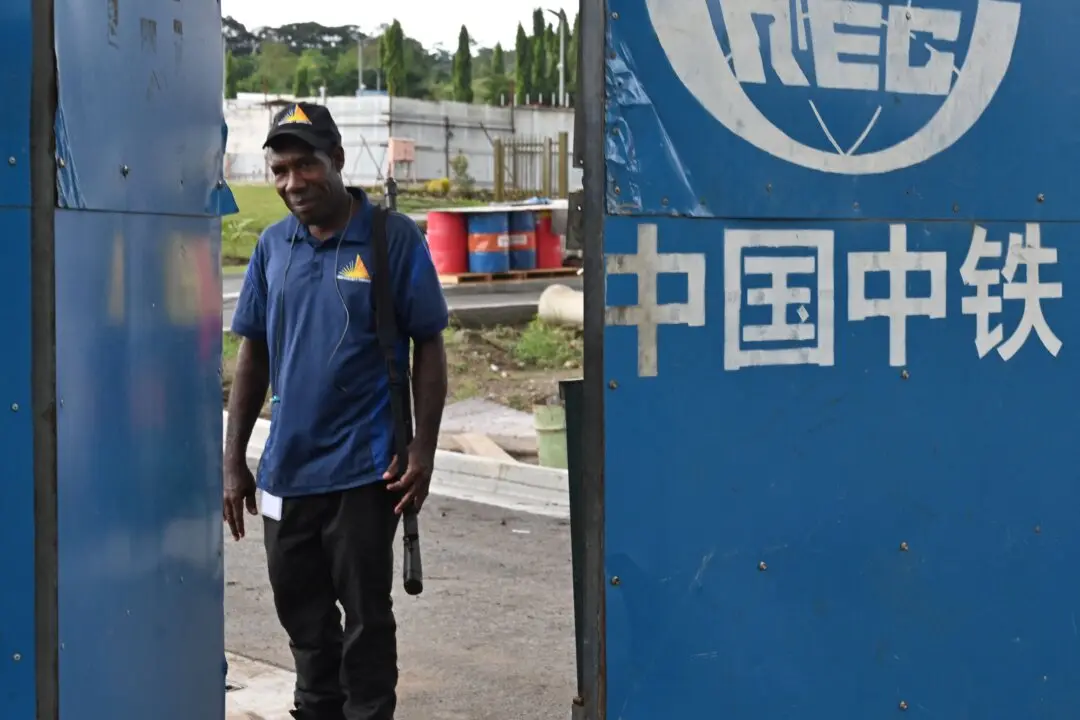Tasmania was the leading state for Chinese investment in 2019 due to the acquisition of Bellamy’s Australia by Mengniu Dairy. However, despite strong bilateral trade, Chinese direct investment into Australia fell by 58 percent overall, partly due to Beijing’s renewed focus on countries involved in the Belt and Road Initiative (BRI).
The report, Demystifying Chinese Investment in Australia (June) published annually, found trade between China and Australia in the 2018-2019 financial year was up 21 percent to a record of $235 billion (US$160.6 billion).





